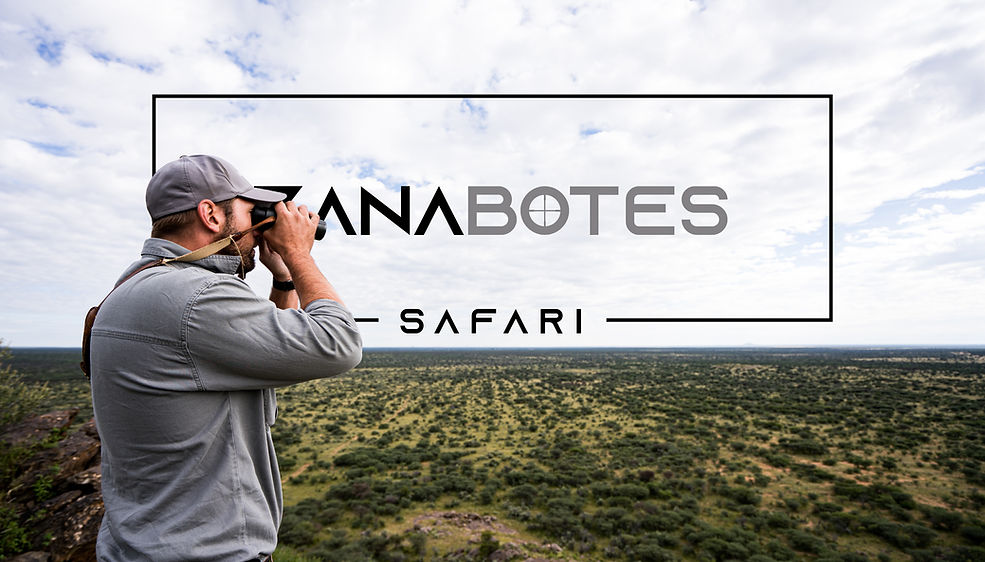
Impala Hunting Safari in Namibia
Aepyceros melampus


The impala is a medium-sized antelope found in eastern, southern Africa and Namibia. Two subspecies are recognised—the common impala, and the larger and darker black-faced impala. The impala reaches 70–92 centimetres (28–36 inches) at the shoulder and weighs 40–76 kg (88–168 lb). It features a glossy, reddish brown coat. The male's slender, lyre-shaped horns are 45–92 centimetres (18–36 inches) long.
Active mainly during the day, the impala may be gregarious or territorial depending upon the climate and geography. The impala is known for two characteristic leaps that constitute an anti-predator strategy. Being ever vigilant they provide an exceptional hunt. Browsers as well as grazers. An annual, three-week-long rut takes place toward the end of the wet season, typically in May. Rutting males fight over dominance, and the victorious male courts female in oestrus. Gestation lasts six to seven months, following which a single calf is born and immediately concealed in cover. Calves are suckled for four to six months; young males—forced out of the all-female groups—join bachelor herds, while females may stay back very rarely include dominant males.
Territorial males round up female herds that enter their territories and keep out the bachelors; mothers and juveniles may gather in nursery herds separate from harem and bachelor herds. After weaning, female juveniles stay with their mothers until the birth of their next calves, while males join bachelor groups.

